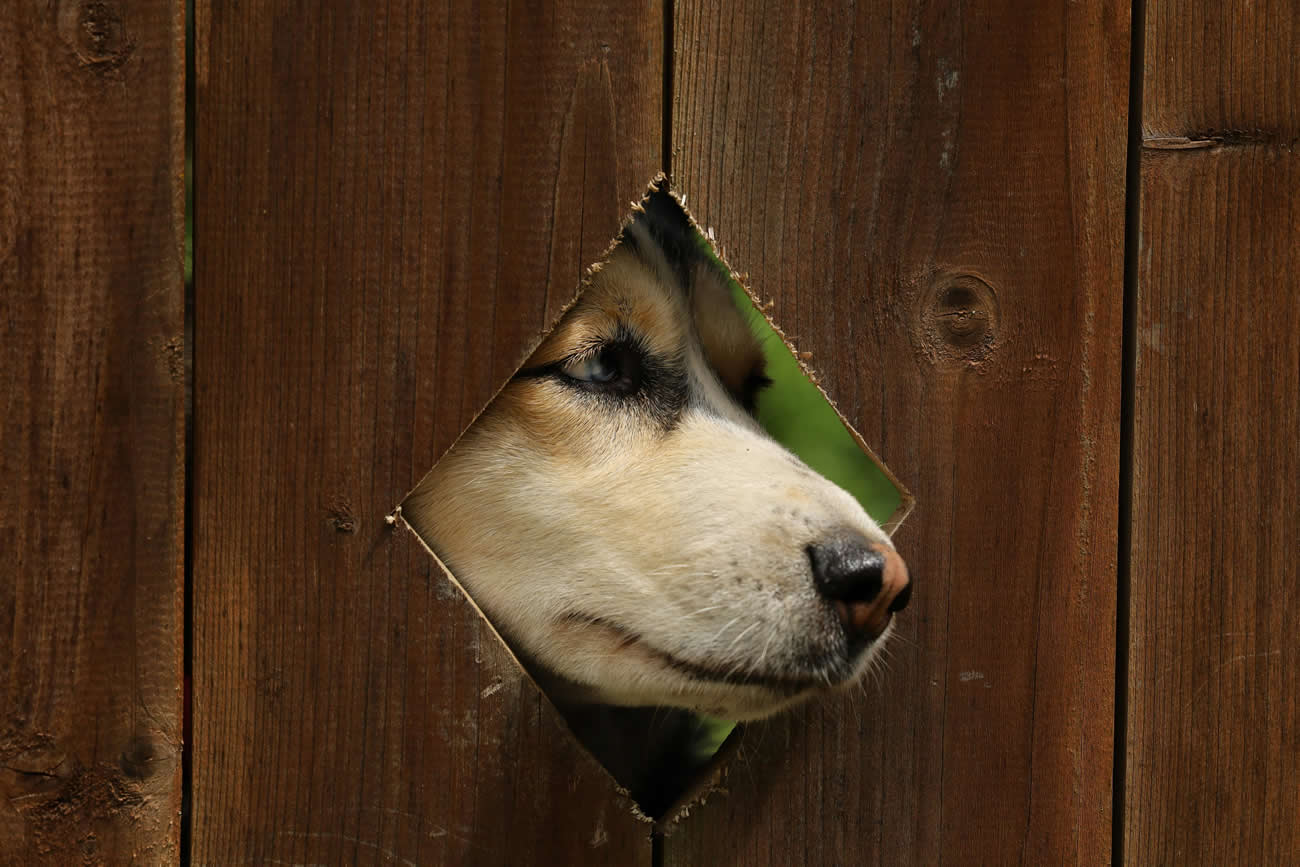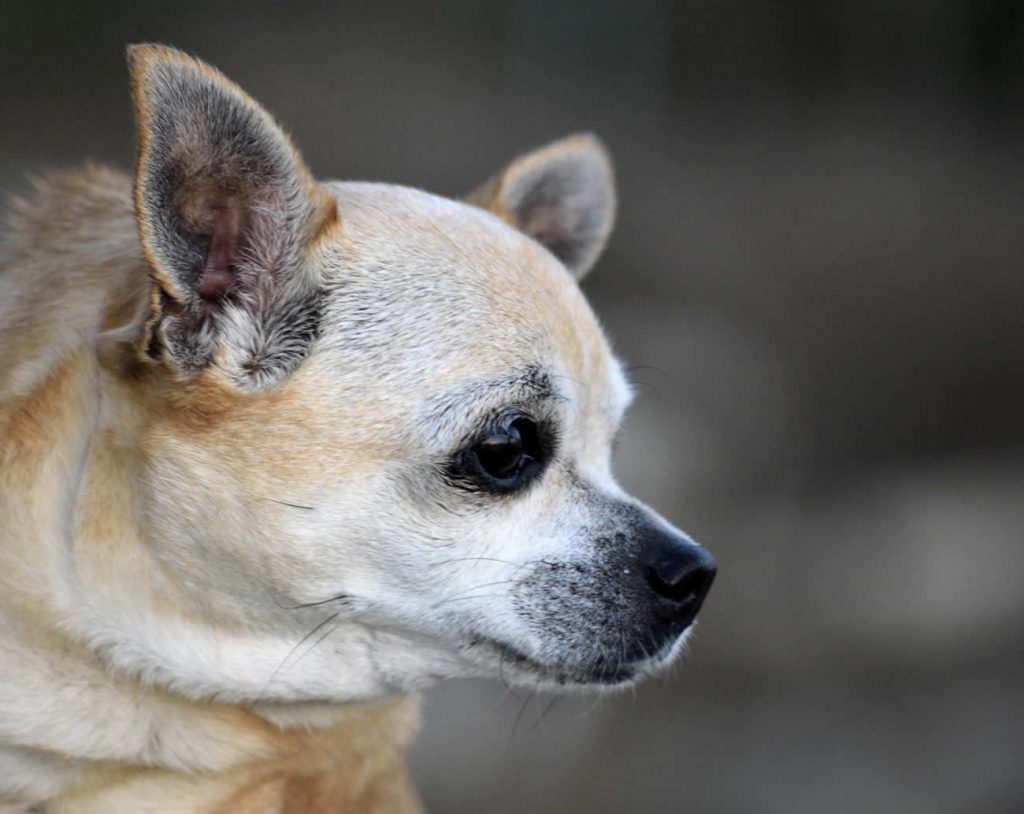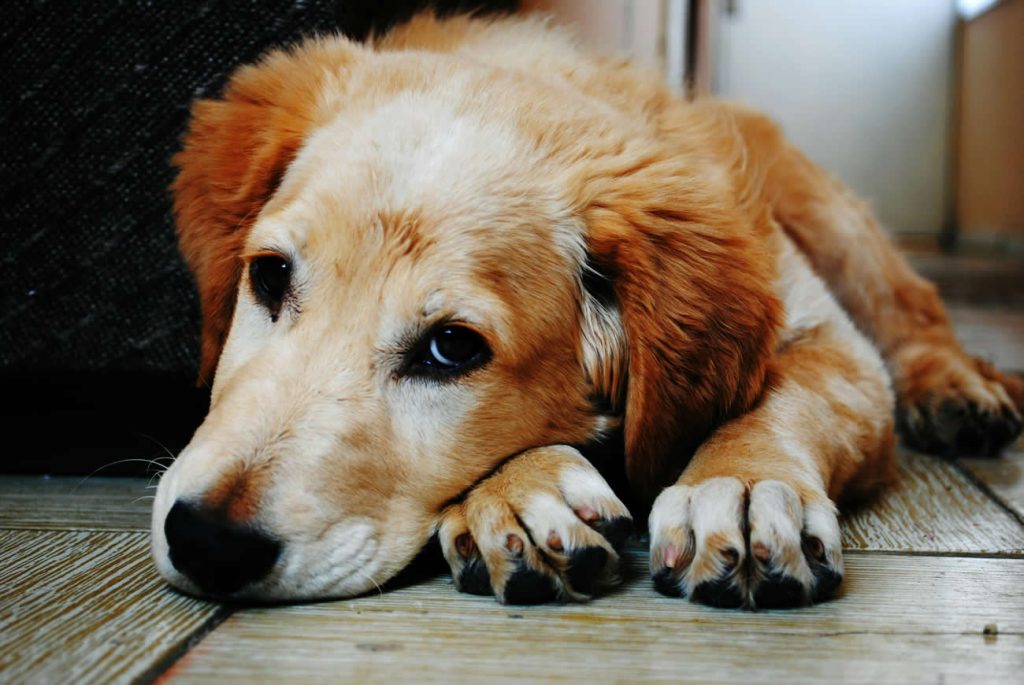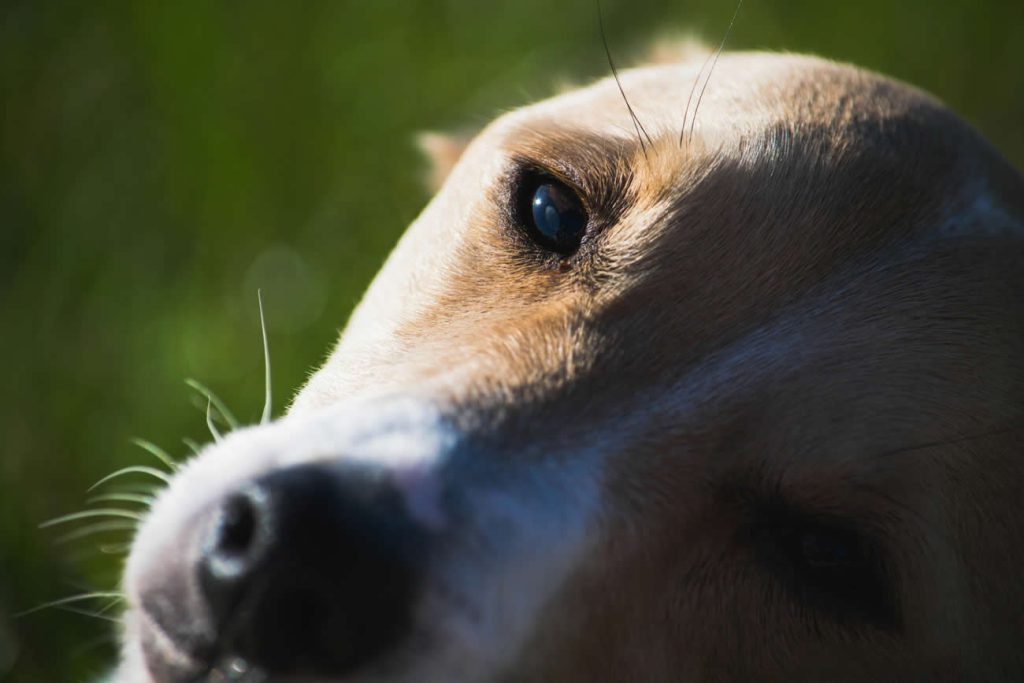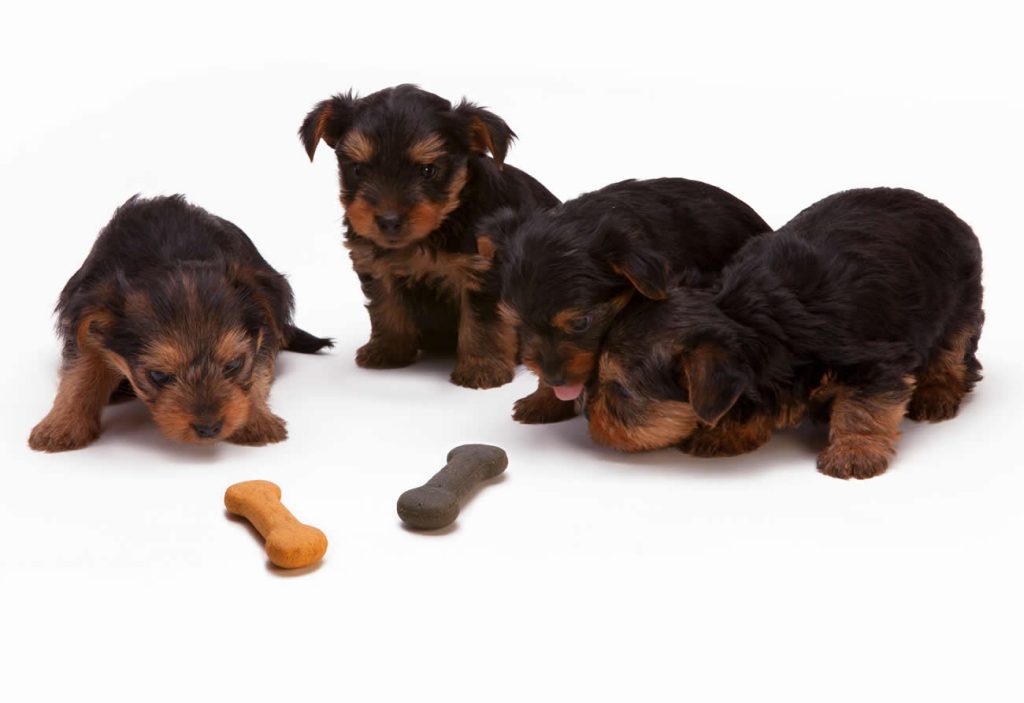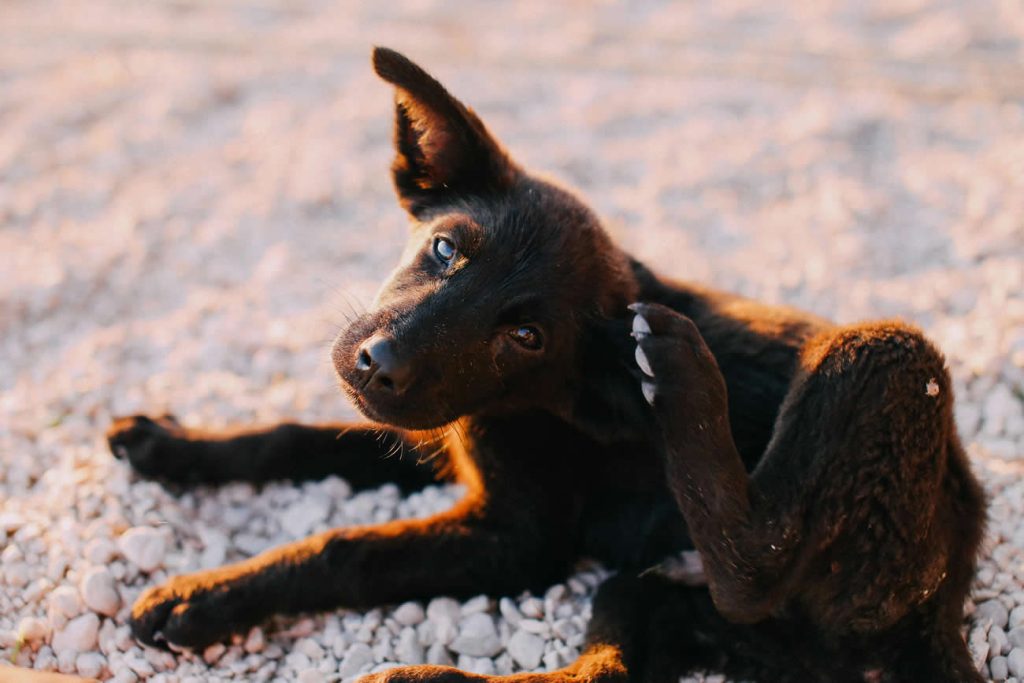Your dog feels happy and secure when you are around. If you go out, she may become anxious and confused. This is a form of separation anxiety, and it can be a serious problem if you don’t take steps to stop it.
If your dog has separation anxiety, she will become distressed when left alone, even for short periods of time. She may bark or whine or scratch at the door. She may also destroy things in the house or injure herself, trying to escape from confinement.
What Causes Separation Anxiety?
There are several possible causes of separation anxiety in dogs:
Dogs not correctly socialised as puppies may have trouble coping with being left alone as an adult dog. Socialization involves meeting many new people and other dogs during puppyhood so that the dog learns how to deal with different situations without becoming upset or fearful.
If your dog had poor socialization as a puppy, then this could be affecting his behaviour now when he is no longer a puppy but still young enough that he doesn’t know how to cope with being left alone.
Dogs who experience trauma while young might develop separation anxiety later in life if they never get over that traumatic experience themselves.
Dogs are emotional beings; if you own one as a pet, you are probably extremely familiar with this trait. If you have a dog, you might be apprehensive about leaving it alone. When a dog can’t track your scent for a certain period, it is prone to separation anxiety. However, you can take steps to ensure that your dog does not suffer from too much separation anxiety.
Here are some easy ways you can do to help make things easier for your pet.
Ease Your Dog Into It
Leaving your dog alone can be a traumatic experience, mainly if they’re not used to being left alone. You don’t want to leave without giving your dog time to deal with this enormous change, or it can cause separation anxiety with your dog.
Instead, give your dog some practice by leaving it on its own for a few minutes, well before you go. This will get your dog used to not having you around, at least temporarily, and will make it much easier for you when you have to leave it for longer.
If you think your dog will be okay with being left alone but has never been left alone, try leaving it for a few minutes one day during the week when you know someone else will be home. If your dog seems okay with this and doesn’t seem anxious or stressed out at all, then you should be good to go.
If your dog shows any signs of anxiety or stress while alone—whining, pacing, or barking—don’t leave them just yet. Practice leaving them in different situations until they become comfortable with each one individually before combining them all into one big event of leaving the house.
Spend Quality Time With Your Dog Before You Leave
When you leave for work, your dog has to stay home alone. And when you come home, your dog is probably excited to see you. But what happens in between?
If you’re like most people, you probably spend a lot of time with your pet each day. You take walks together, play fetch and interact with him or her on a regular basis. You might even spend hours snuggling up on the couch together, watching TV or reading a book.
But what about those times when you’re at work? When do you spend quality time with your pooch? There are many ways that you can improve the bond between yourself and your pet while keeping them safe and happy while they are alone in your absence. For example:
If possible, try to get home early from work so that you can spend some time with your pup before leaving again. This could be as simple as giving him or her a walk around the neighbourhood or playing fetch for 5-10 minutes before going back inside.
Having some extra bonding time will help reduce anxiety for both of you when it’s time for them to be left alone again later that evening or overnight.
Leave Your Dog Something to Remember You By
When you leave your dog behind, it can be very stressful for both of you. Your dog will get worried about your absence and miss you. Luckily, there are some things you can do to help ease the separation and make it less stressful for both of you.
The first thing to keep in mind is that dogs are pack animals, so they need to feel like they belong to a group. If you have other people around your dog when you leave, it will feel like part of a group, and this will help calm it down.
You should also try to leave some sort of scent behind when you go out so that your dog can smell it and feel like you are still there with them. Dogs love the scent of their owners, so if you leave your dog something that will remind it of your scent, you can relax knowing that it will have something to remember you by.
Once the rush of playing with its owner subsides a little, your dog can use whatever you left to remember you and feel your presence. You can leave pretty much anything you want, such as a shirt you were wearing or a sock
Don’t Let Your Dog Sense You Leaving
Dogs are brilliant animals, and they can pick up on the most minor details. As such, if you don’t want your dog to get anxious when you leave, you must take certain precautions to ensure that it doesn’t sense your absence.
A dog’s sense of smell is about 10,000 times more powerful than ours. This means that when you leave, your dog may notice that something is wrong even if it doesn’t see you go out. It will also notice things like the smell of your shampoo or perfume on your clothes, which can make it think that someone else has been in the house with them.
The first step to ensuring that your dog doesn’t sense you leaving is to ensure that there are no traces of yourself left behind in the house. This includes removing any towels or sheets from your bed so that they don’t smell like you anymore and cleaning up any messes made while you were gone so there’s no sign of food or drinks left out.
You should also ensure that nothing is left behind at home by locking all doors properly and turning off all lights before leaving the house. You shouldn’t even leave an open window or door because these could give away the fact that you are leaving.
Exude Confidence
It’s time to leave your dog alone at home. You’ve been putting it off for days, but now you have to go to work. Your pup will probably be a little sad and confused when you leave him or her alone in the house, but there are steps you can take to make the transition easier.
First of all, remember that your dog is a creature of habit and relies on routine to feel secure. If he or she knows what is going on, he or she will feel more relaxed about being left behind when you are not home.
Second, remember that you are the owner here. If you act confident around your dog while you are about to leave, your dog will sense this, calming him or her down considerably. However, if you look guilty or are unwilling to let your dog go, your pup might feel anxious as it would sense your impending departure.
Finally, remember that dogs love routine! Just like humans have an internal clock that keeps us awake during the day and asleep at night, dogs do, too! Practice leaving every day at the same time so that your pup gets used to it over time and doesn’t get too upset when you finally do.
So what to do?
Separation anxiety is a common problem in dogs. It can be challenging to leave your dog alone, particularly if you feel guilty because you know it will miss you. However, separation anxiety does not have to be a problem. You can decrease its severity by using these tips.
- Before leaving your dog alone, make sure he gets plenty of exercise. Exercise helps relieve stress and gives him something to do while you are gone.
- Feed your dog at the same time each day so he knows when he will get his meals and treats. This will help keep him calm during feeding times even when you are not there to give them to him.
- Teach your dog how to relax on command by giving him treats when he lies down in various places around the house or yard without jumping up or barking at passersby or other dogs passing by outside the window or fence line of your home.
Practice this command when you are home first so he learns what it means, and then begin practising it when you are away so that he can associate lying down with getting treats from you instead of acting out behaviours like jumping up on people and barking incessantly at them while they walk past your home.
Our Final Say!
Separation anxiety is a common behavioural problem in dogs. It is characterized by excessive distress when a dog is left alone. Dogs with separation anxiety may exhibit a variety of destructive behaviours, such as barking, whining, chewing, and digging.
They may also become dangerous in their attempt to escape from their confinement.
There are a number of things you can do to help stop separation anxiety in dogs. Some of these things include:
- Desensitisation and counterconditioning. This is a process of gradually exposing your dog to being alone in a safe and controlled environment. You can do this by leaving your dog alone for short periods of time and then rewarding them for being calm. Over time, you can gradually increase the amount of time you leave your dog alone.
- Providing your dog with a safe and comfortable place to stay when you are gone. This could be a crate, a dog bed, or a room in your house. Make sure the area is quiet and free from distractions.
- Exercise your dog regularly. A tired dog is less likely to experience separation anxiety.
- Provide your dog with plenty of mental stimulation. This could be done through dog training, puzzle toys, or interactive games.
- Do not punish your dog for exhibiting separation anxiety behaviours. This will only make the problem worse.
- Seek professional help. If you are unable to stop your dog’s separation anxiety on your own, you may need to seek professional help from a certified animal behaviourist.
Here are some additional tips for helping a dog with separation anxiety:
- Make your departure and arrival as uneventful as possible. Avoid giving your dog a big goodbye or welcome home.
- Leave your dog with something that smells like you, such as an old T-shirt. This can help to comfort them while you are gone.
- Consider hiring a dog walker or pet sitter to check on your dog during the day. This can help reduce their anxiety and make them feel less alone.
- Be patient and consistent. It may take some time to help your dog overcome separation anxiety. Be patient and consistent with your training, and eventually, your dog will learn to relax and be comfortable when you are gone.

